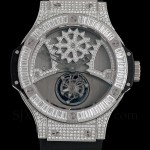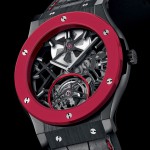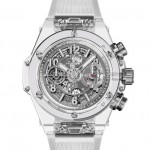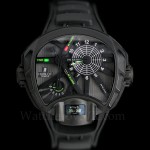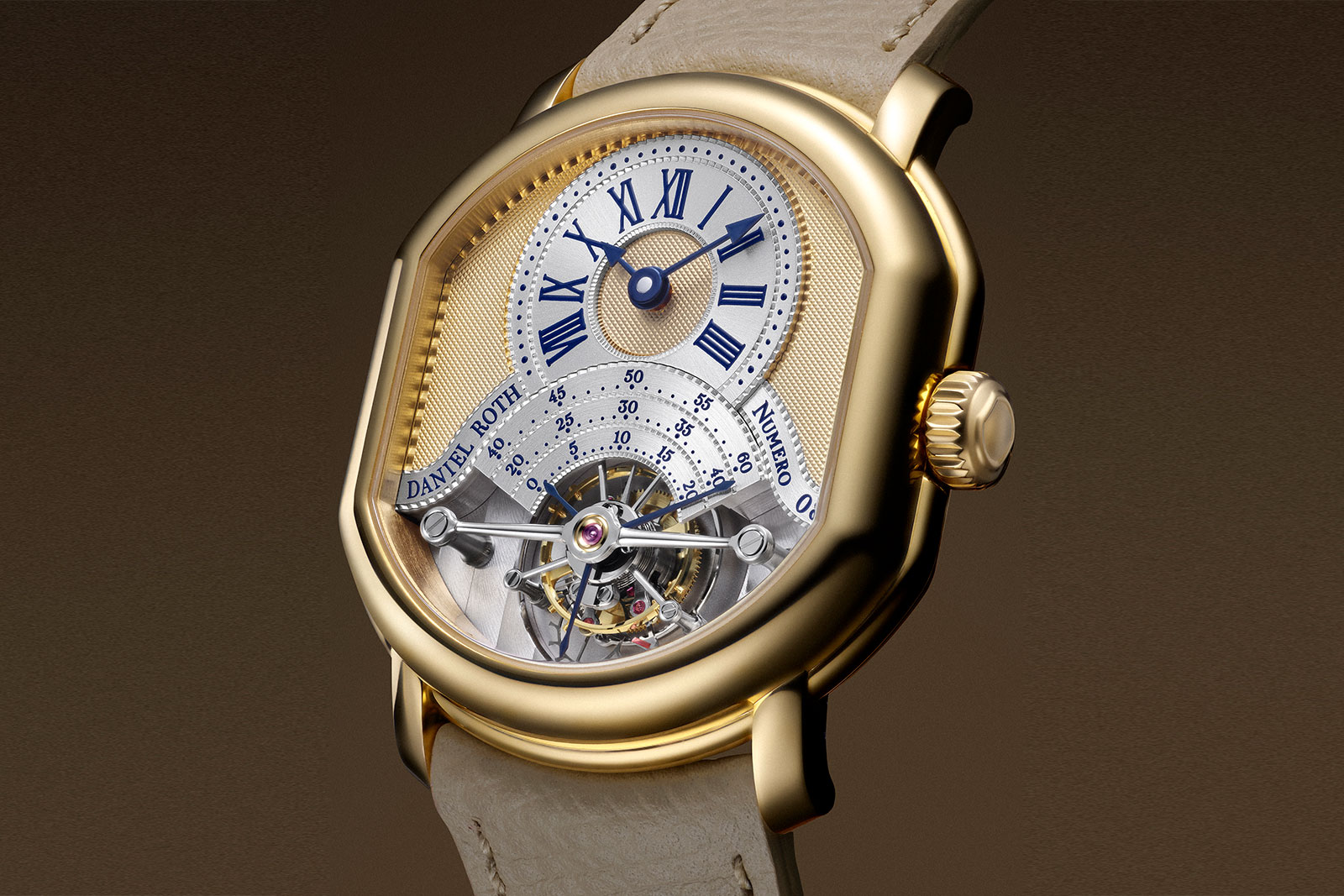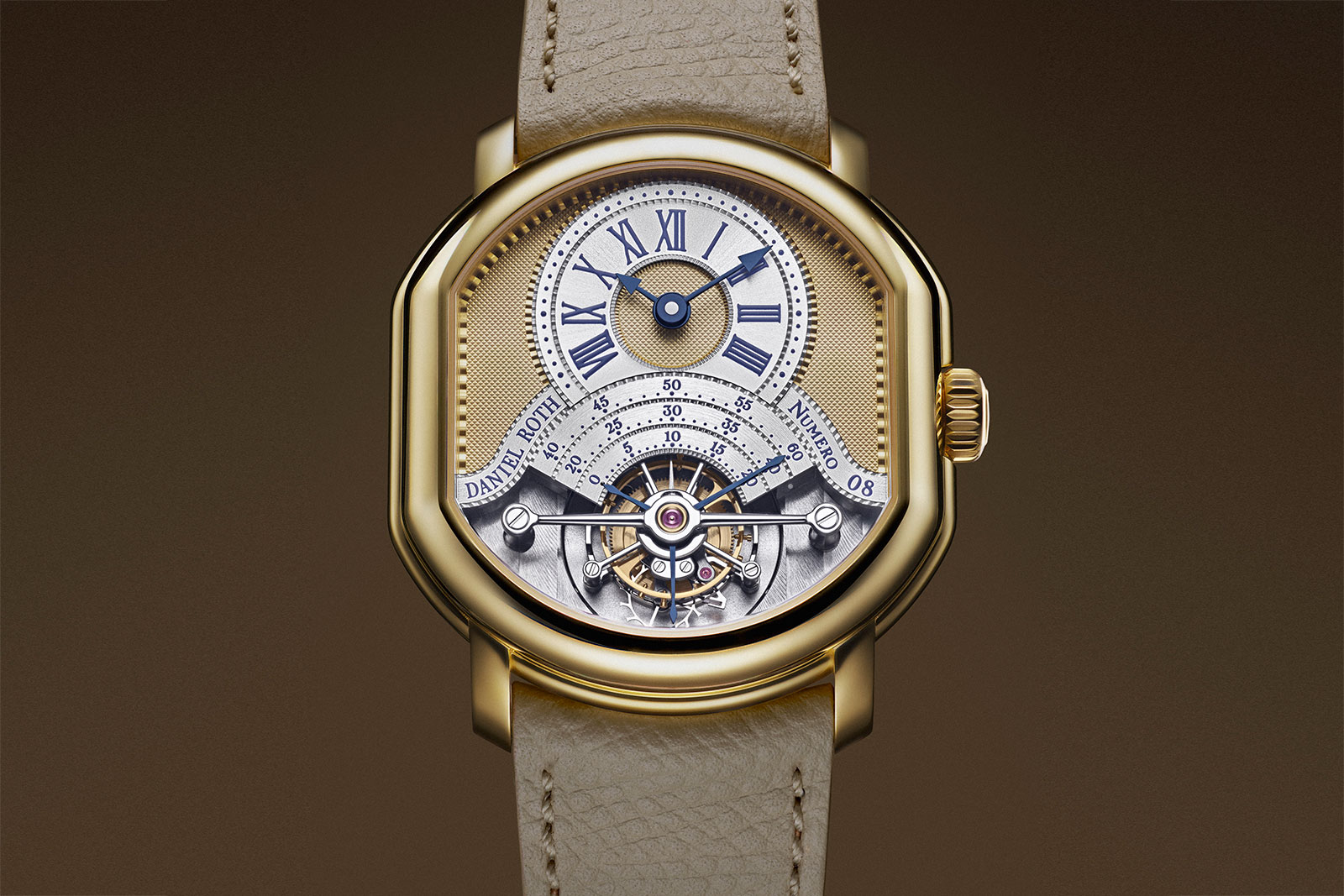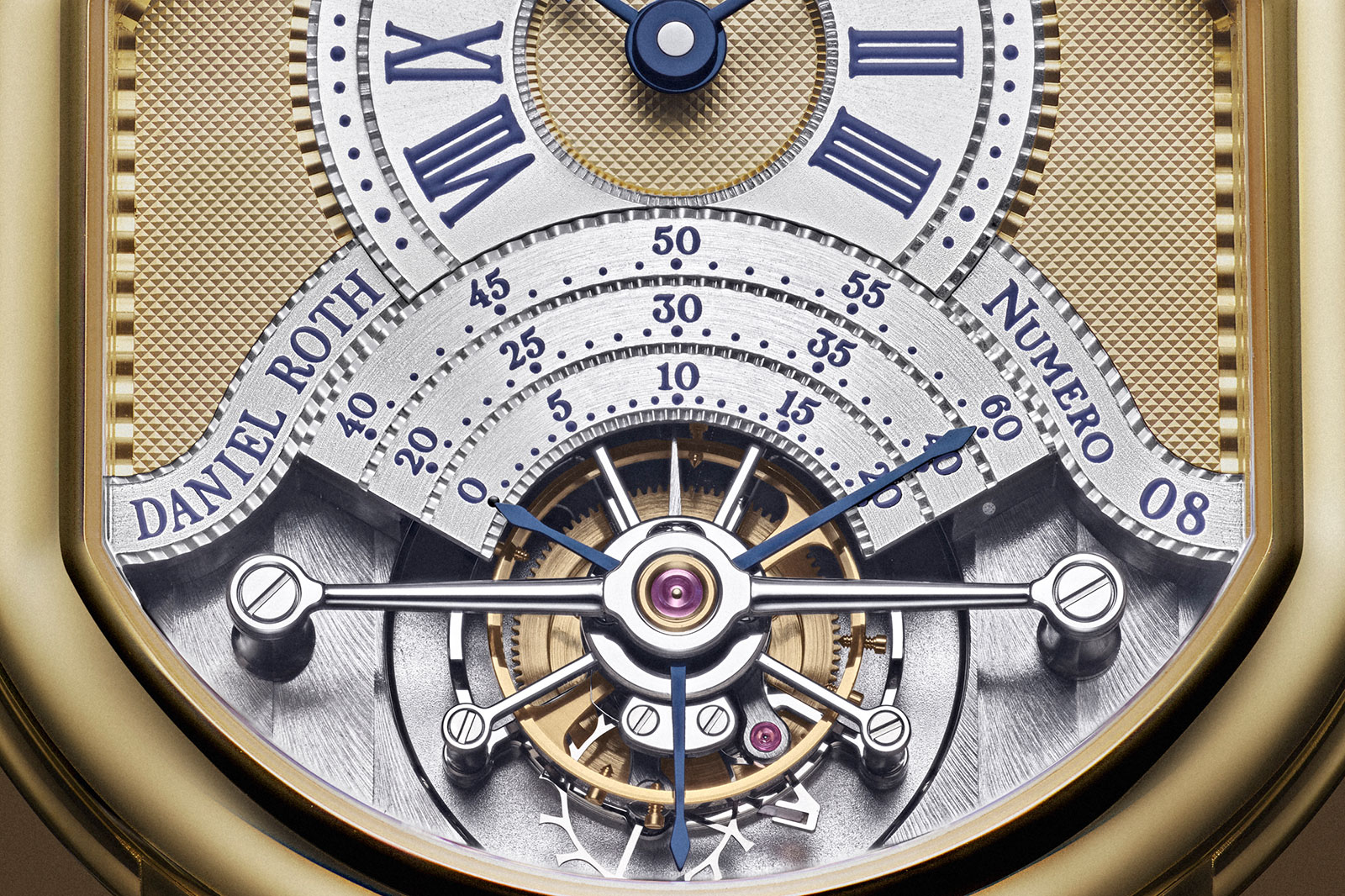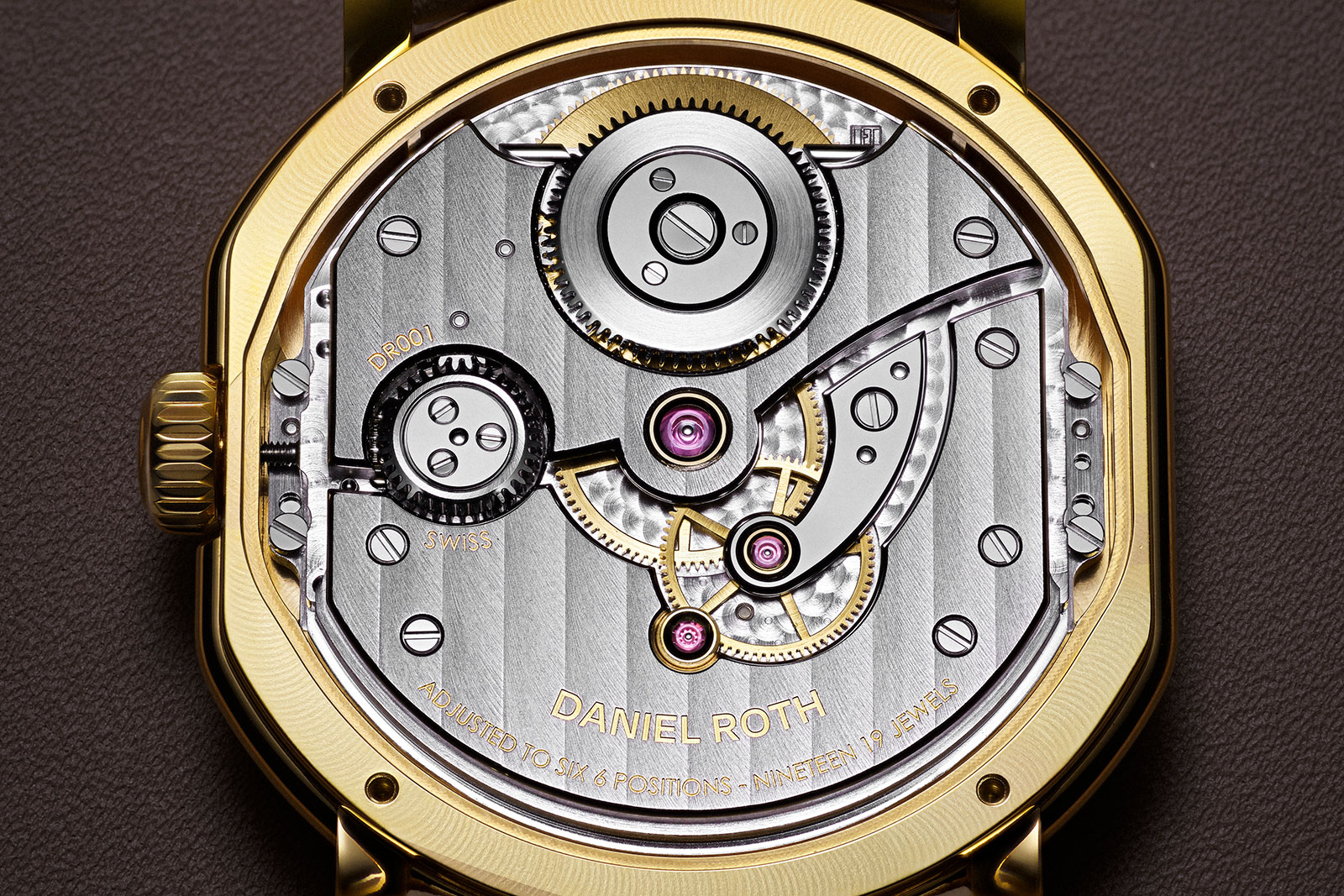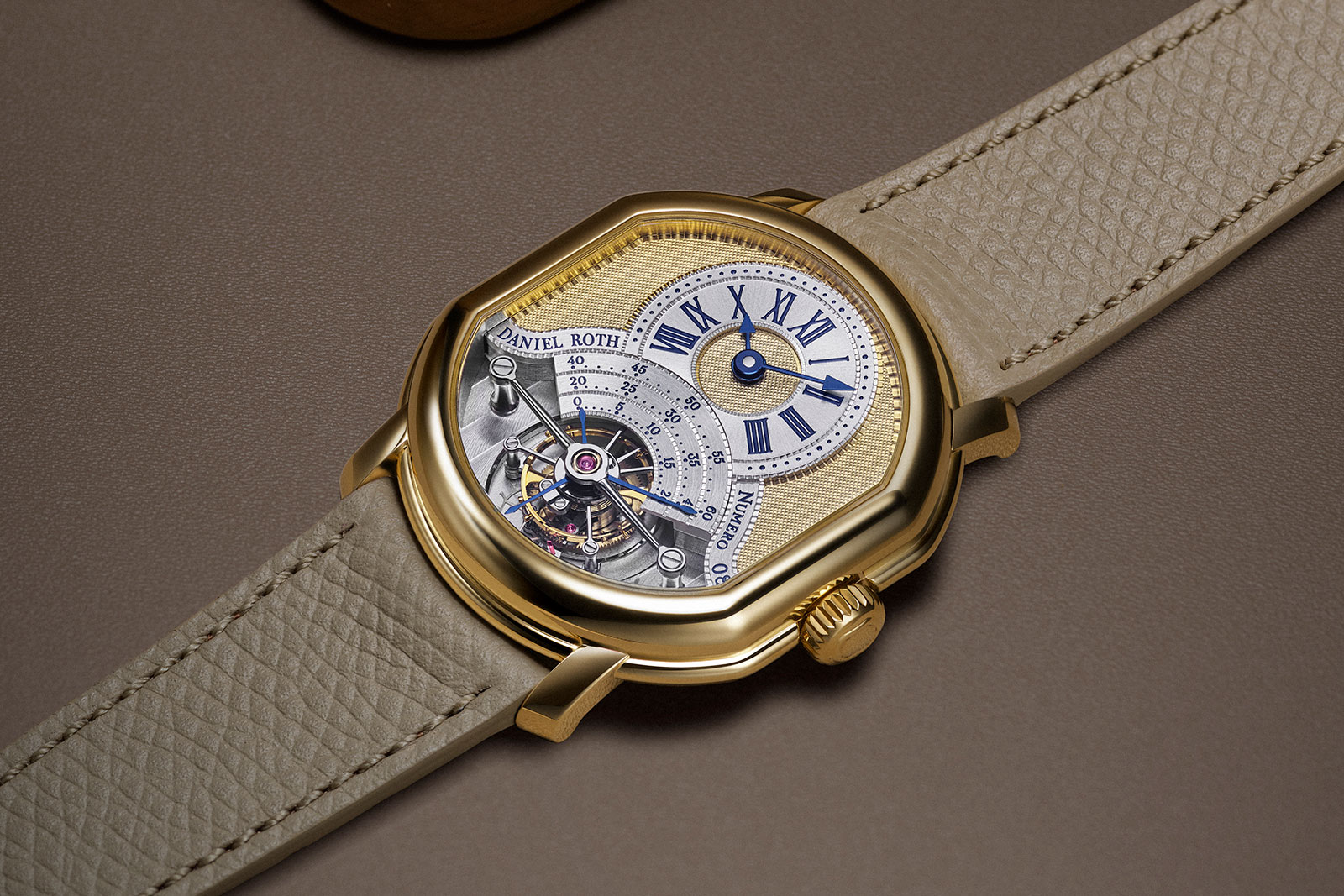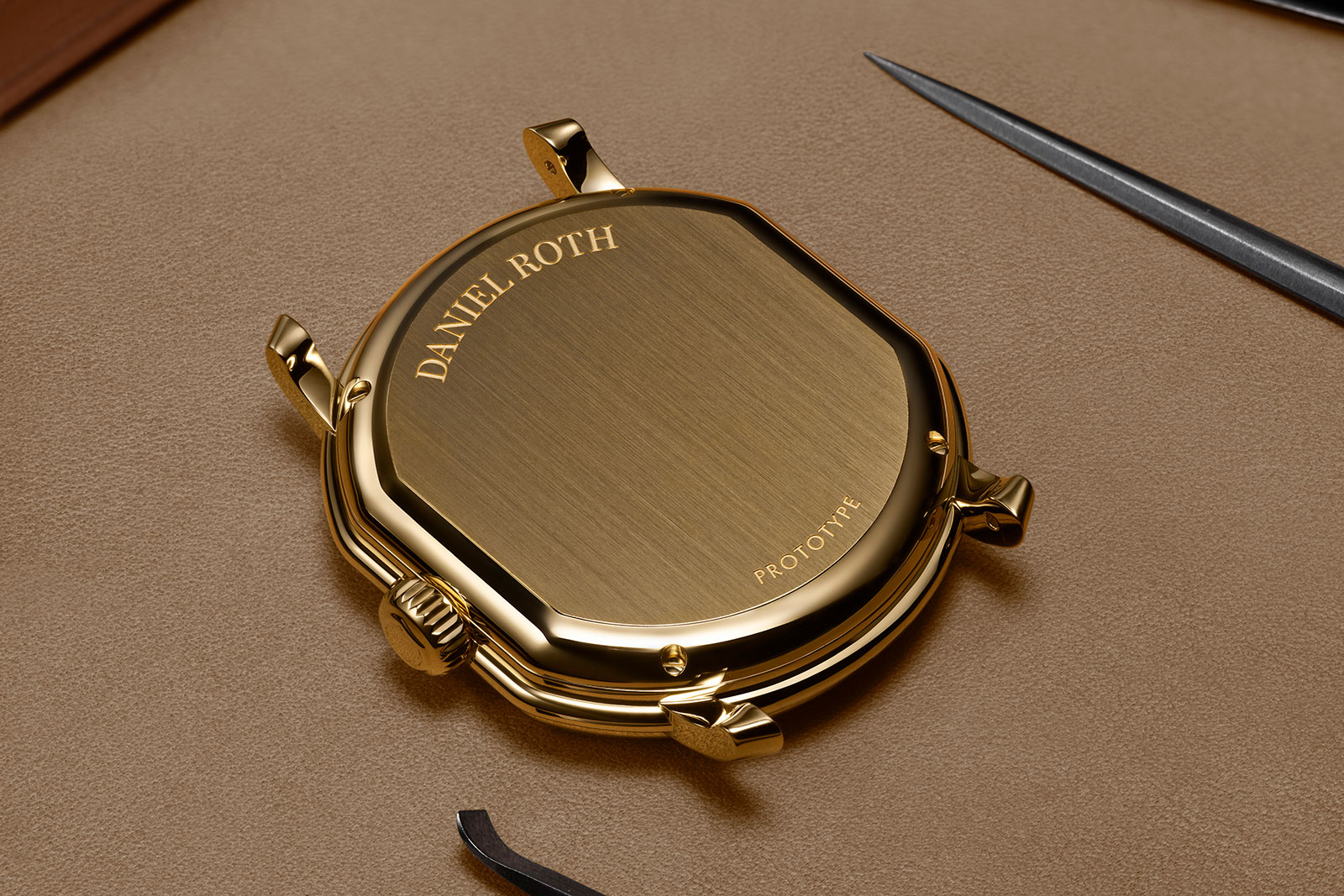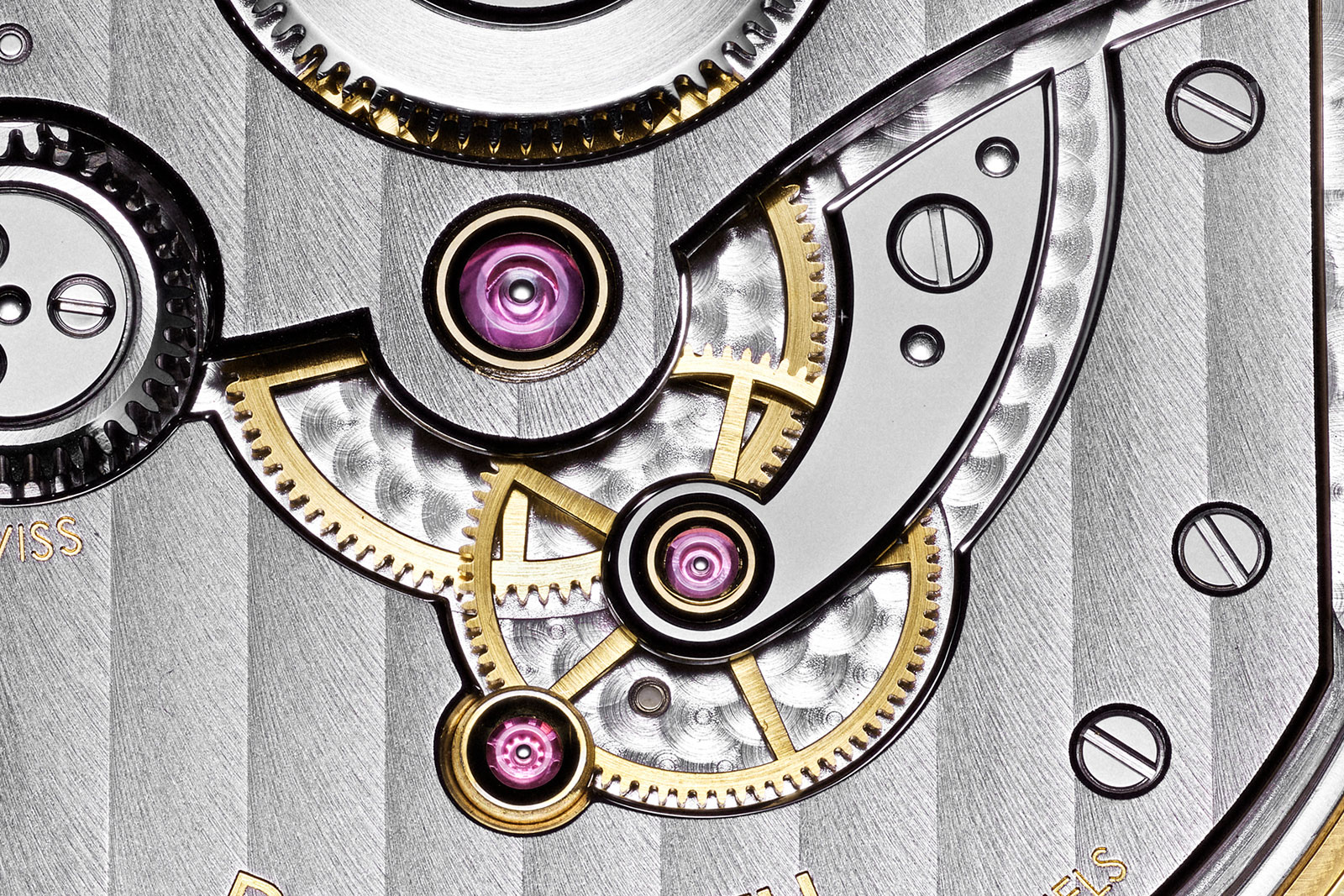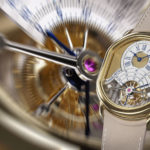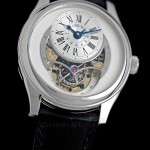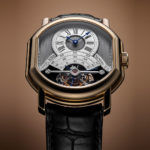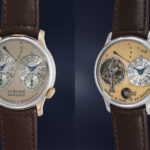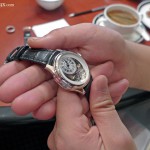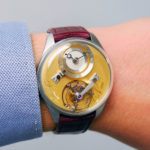Hublot Introduces a Three-Dimensional “Grand” Complication
With linear winding and a cylindrical time display.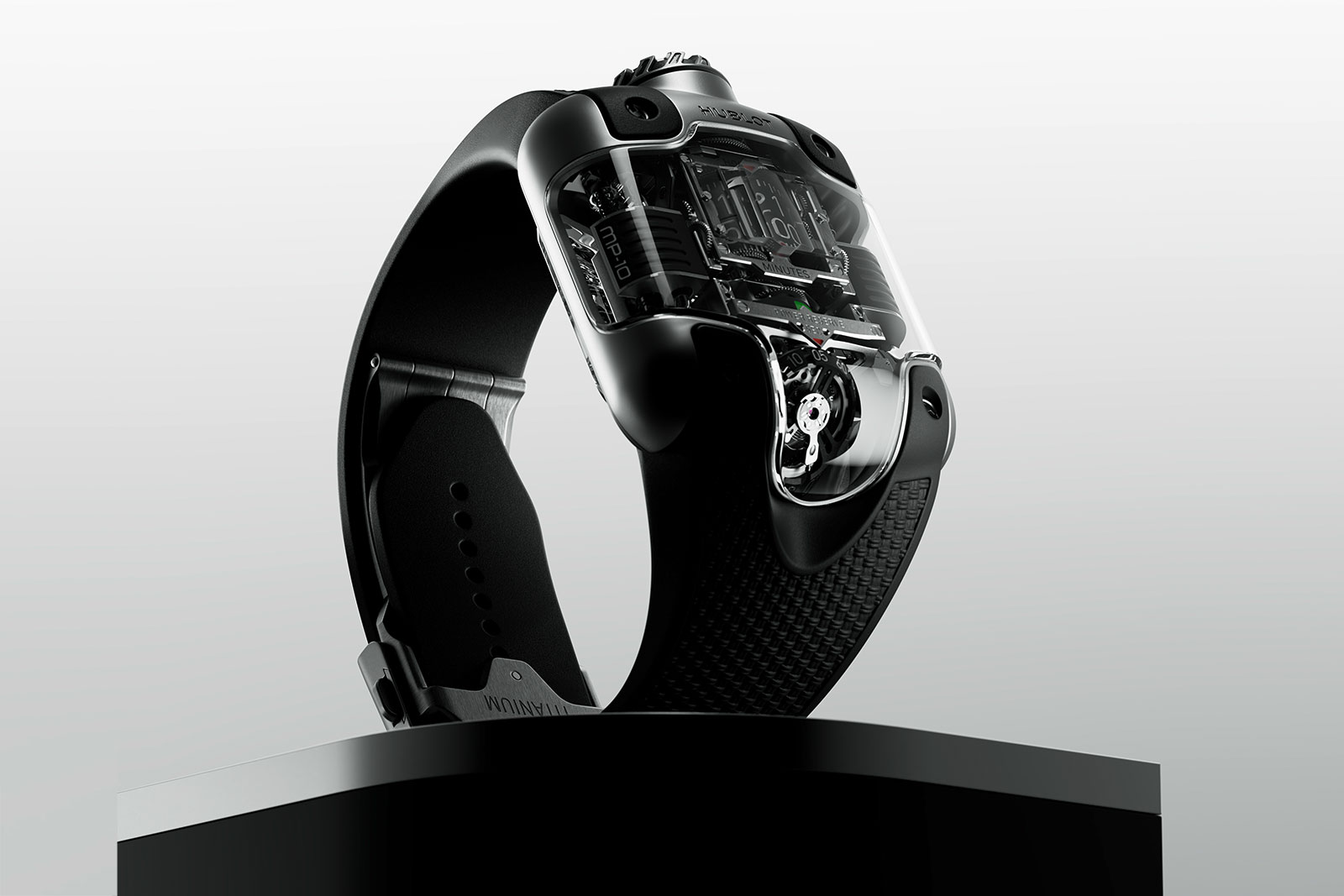
Hublot’s flagship launch at LVMH Watch Week 2024 is the MP-10 Tourbillon Weight Energy System, an enormous and outlandishly complicated wristwatch that takes a novel approach to each of its key functions: telling the time, winding, and regulation.
The time is indicated by rolling cylinders, while the movement is regulated by an inclined flying tourbillon, and the mainsprings wound by a novel mechanism that relies on the linear motion of twin sliding weights. All the mechanical intricacy is visible under a panoramic, wraparound sapphire crystal curved on three different planes.
Initial Thoughts
Although Hublot is best known for its simpler models like the Classic Fusion, and sometimes gets flak for the basic movements used in those watches, the brand has long specialises in intricately-mechanical complications, most notably the MP-05 LaFerrari with a movement shaped like an automobile engine and the MP-07 with a 40-day power reserve. The MP-10 continues the series in the same oversized, hyper-modern format.
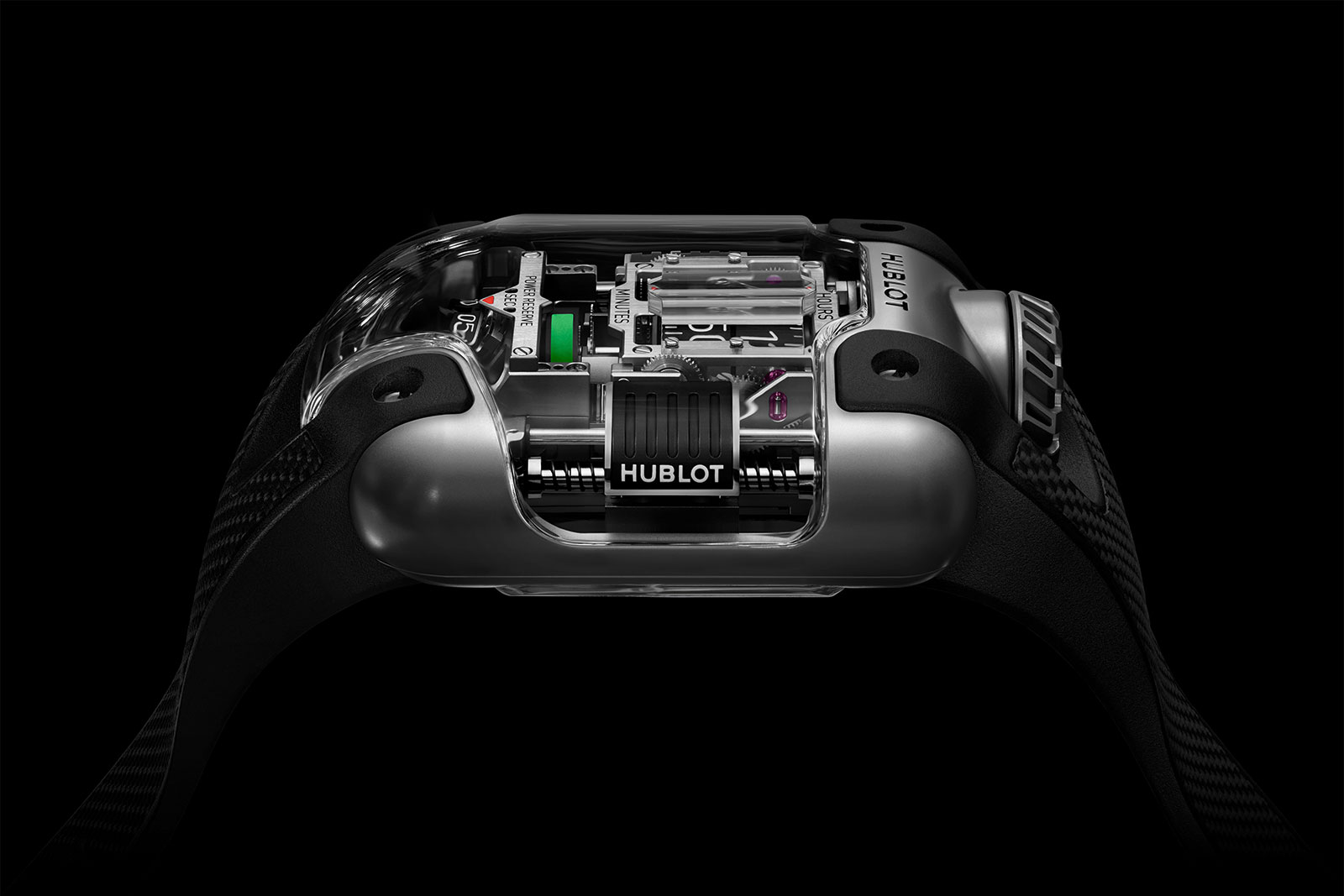
The movement combines several unusual complications that have been found elsewhere, but never altogether. These include the cylindrical time display and inclined tourbillon, but more notably the linear winding mechanism. This is probably the most dynamic complication in the watch, since the twin weights on each side of the case will slide up and down with the motion of the wrist.
Winding a movement with sliding weights has been tried several times in the past, including by Hublot’s sister company TAG Heuer, but the concept was never really efficient enough to catch on. However, perhaps current technology has made it more functional, just like how peripheral winding only recently became widespread despite having been invented decades ago.
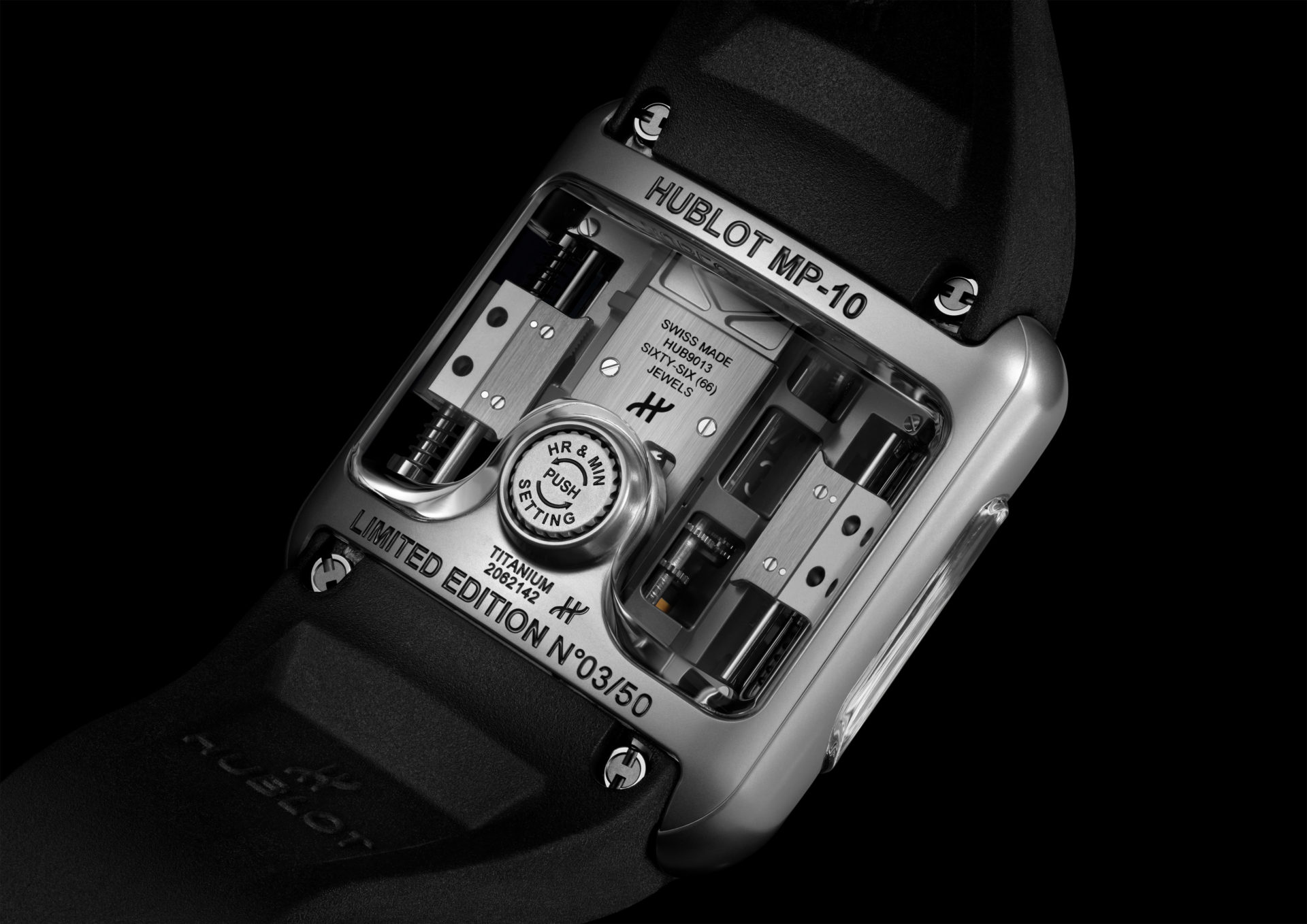
Impressive in technical terms – the movement part count of 592 is grand-complication level – the MP-10 resembles a highly complex machine, which was almost certainly the goal of its creators. Its complexity and three-dimensionality allows it to fit right alongside watches by independent watchmakers like Urwerk and MB&F, putting it in good company.
Instead, the shortcoming of the MP-10 is entirely practical. It is simply too big. Like its predecessor MP models, it is barely wearable. With a case that is over 54 mm long and well past 22 mm high, the MP-10 is a gigantic watch. The dimensions are similar to the MP-05 LaFerrari, which was large enough to be comfortably wearable only by the largest of wrists, especially since the standard Hublot folding clasp is not particularly comfortable due to its design.
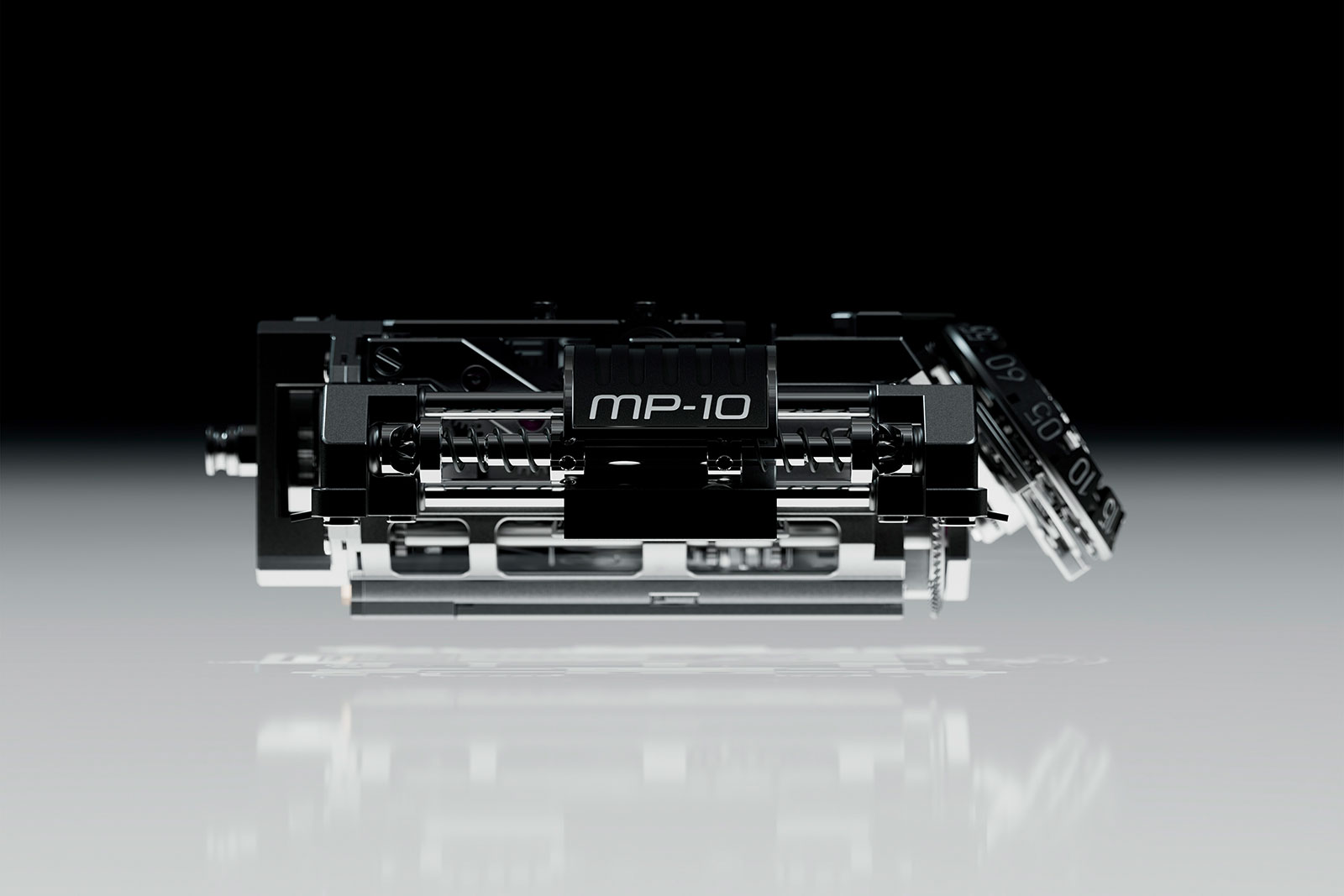
A mechanical engine
Like the MP-05 LaFerrari before it, the MP-10 is powered by a three-dimensional movement constructed on several levels and featuring elements rotating and sliding on multiple planes. In fact, the movement brings to mind a car engine, which raises the possibility this was originally constructed as a Ferrari watch before Hublot and the carmaker parted ways in 2020.
The most conventional MP-10 complication in the MP-10 is the flying tourbillon that makes one revolution a minute. Situated at six o’clock, the tourbillon has a seconds scale on its outer cage, allowing it to double as the seconds indicator.
Right above the tourbillon is the time and power reserve display, all indicated by cylinders. The hours are shown on the uppermost cylinder, followed by the minutes below, and the power reserve on the narrow ring above six o’clock. The power reserve ring shows green when the watch is sufficiently wound, and red once it is running down.
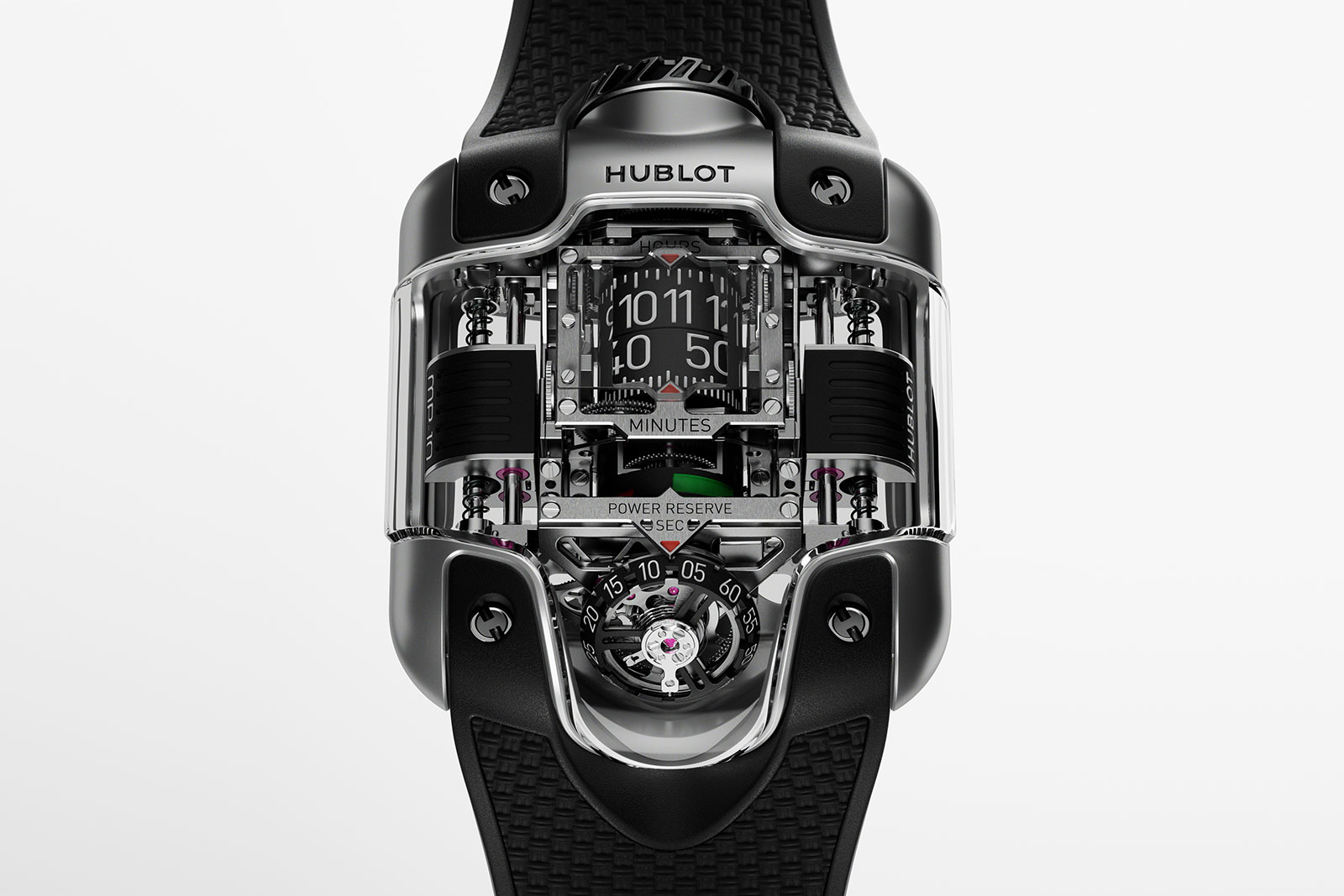
The power reserve is a relatively short 48 hours, which might seem surprising given the size of the watch. But observe the construction of the movement and it becomes clear there isn’t much space left for the mainsprings that are contained in the upper section around 12 o’clock. The mainsprings are wound directly with the large crown at 12 o’clock.
Setting the time, on the other hand, is done via the crown on the case back. This telescopic crown pops out of the back and advances the hour and minute cylinders.
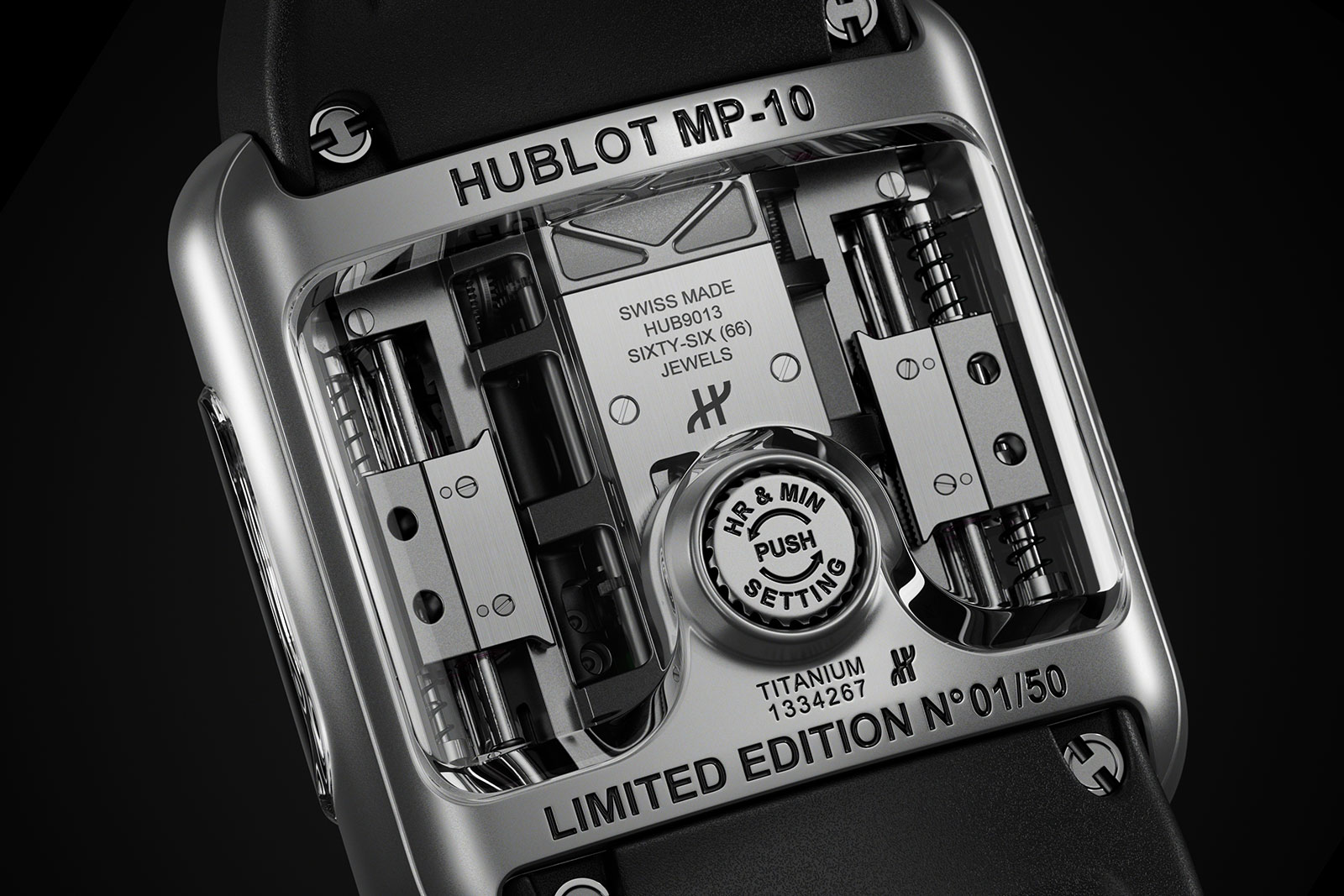
Both the inclined tourbillon and cylinder time display have been implemented in past Hublot models, however, the linear winding mechanism is new for the brand. Located on either side of the time cylinders, the winding weights are cubes of weight gold that slide up and down a vertical track, winding the mainsprings as they go.
Brands that have attempted linear winding in the past include Corum and TAG Heuer, but with little success. Those attempts, however, took place a decade or more ago, so Hublot’s system will undoubtedly be more sophisticated. Amongst other things, the linear weights in the MP-10 are bookended by shock-absorber springs, which cushion their back-and-forth sliding as they wind the movement.
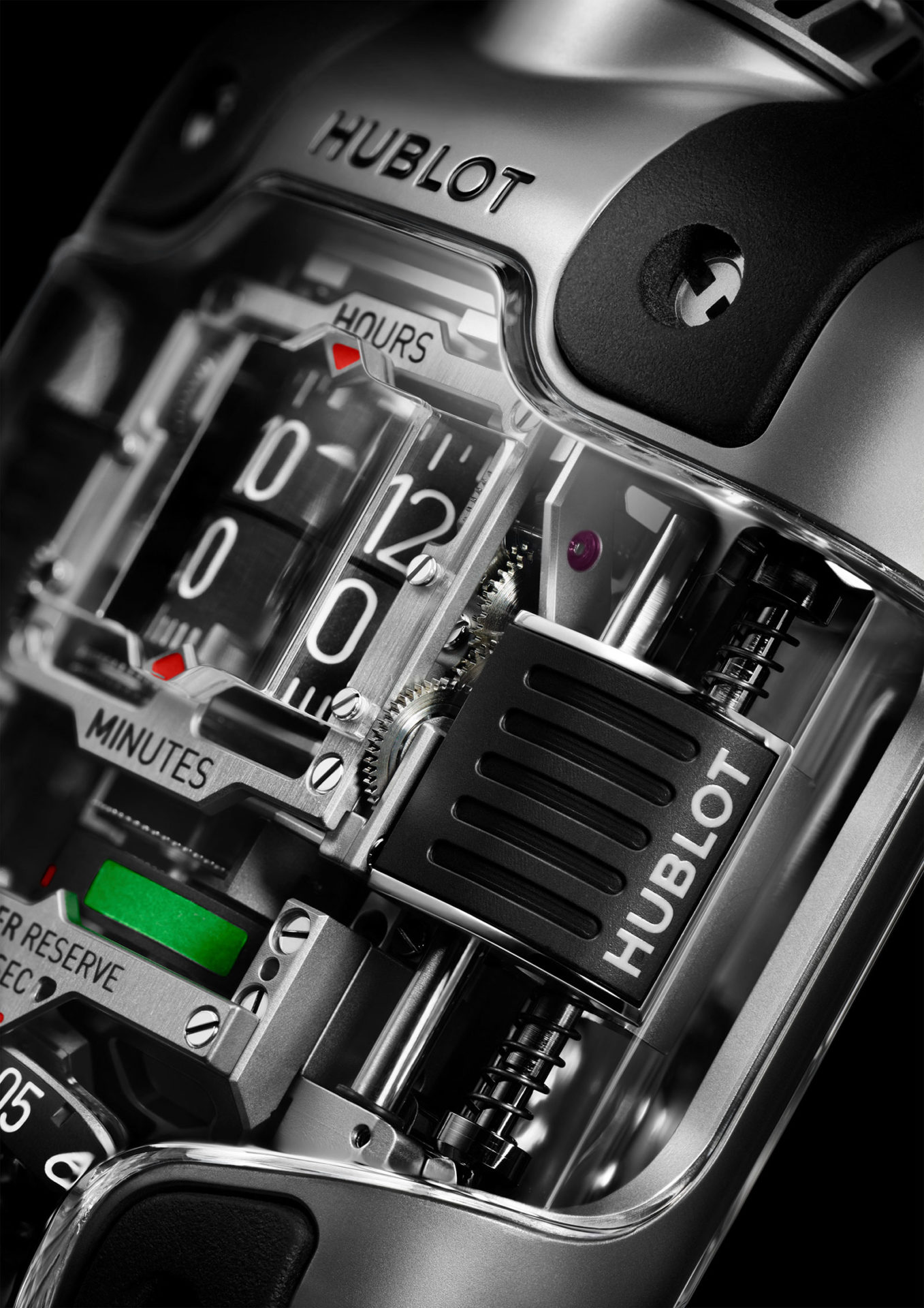
Key facts and price
Hublot MP-10 Tourbillon Weight Energy System
Ref. 910.NX.0001.RX
Diameter: 54.1 mm x 41.5 mm
Height: 22.4 mm
Material: Titanium
Crystal: Sapphire
Water resistance: 30 m
Movement: HUB9013
Functions: Hours, minutes, seconds, power reserve indicator, and flying tourbillon
Frequency: 21,600 beats per hour (3 Hz)
Winding: Automatic
Power reserve: 48 hours
Strap: Rubber with folding clasp
Limited edition: 50 pieces
Availability: At Hublot physical and online boutiques as well as retailers starting February 2024
Price: US$264,000
For more information, visit Hublot.com.
Back to top.


